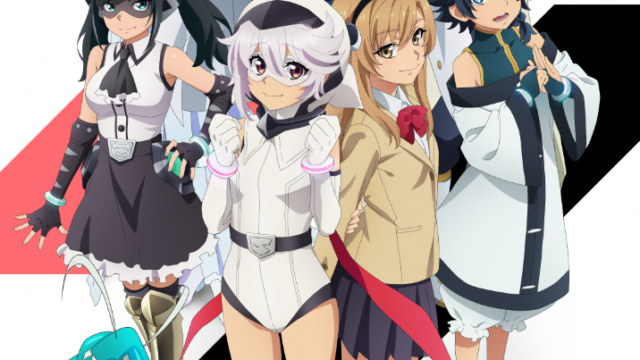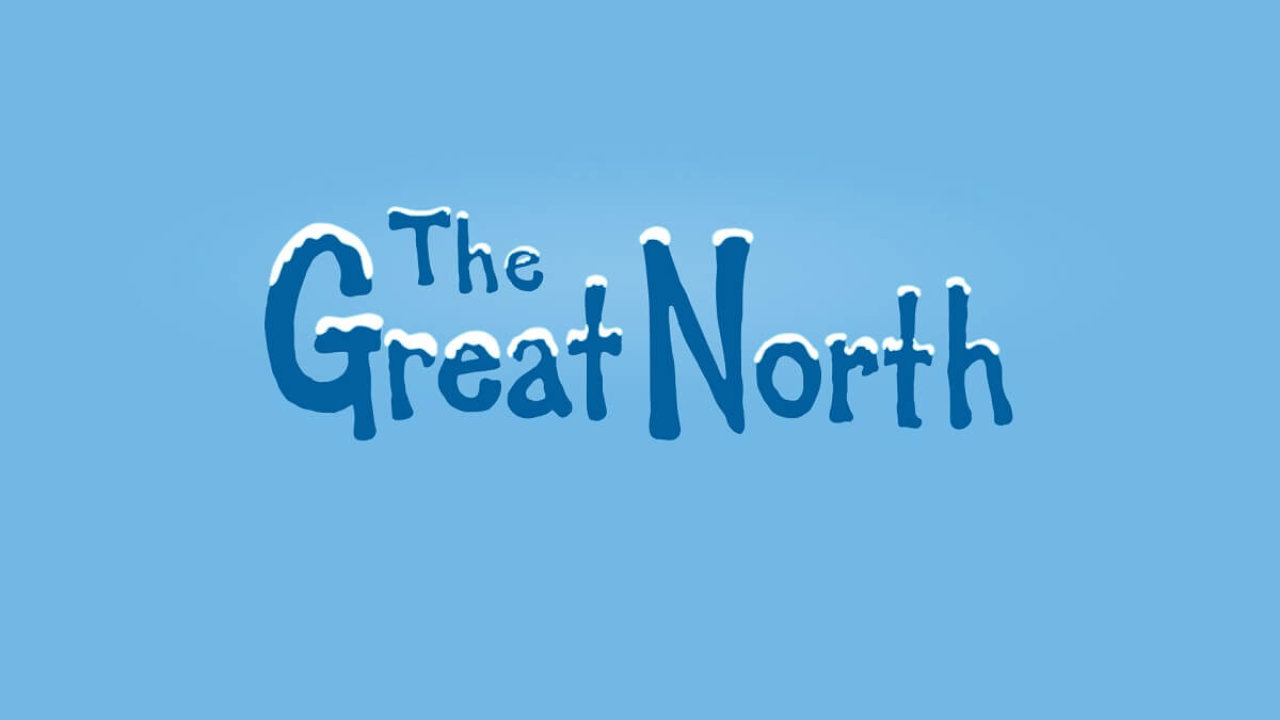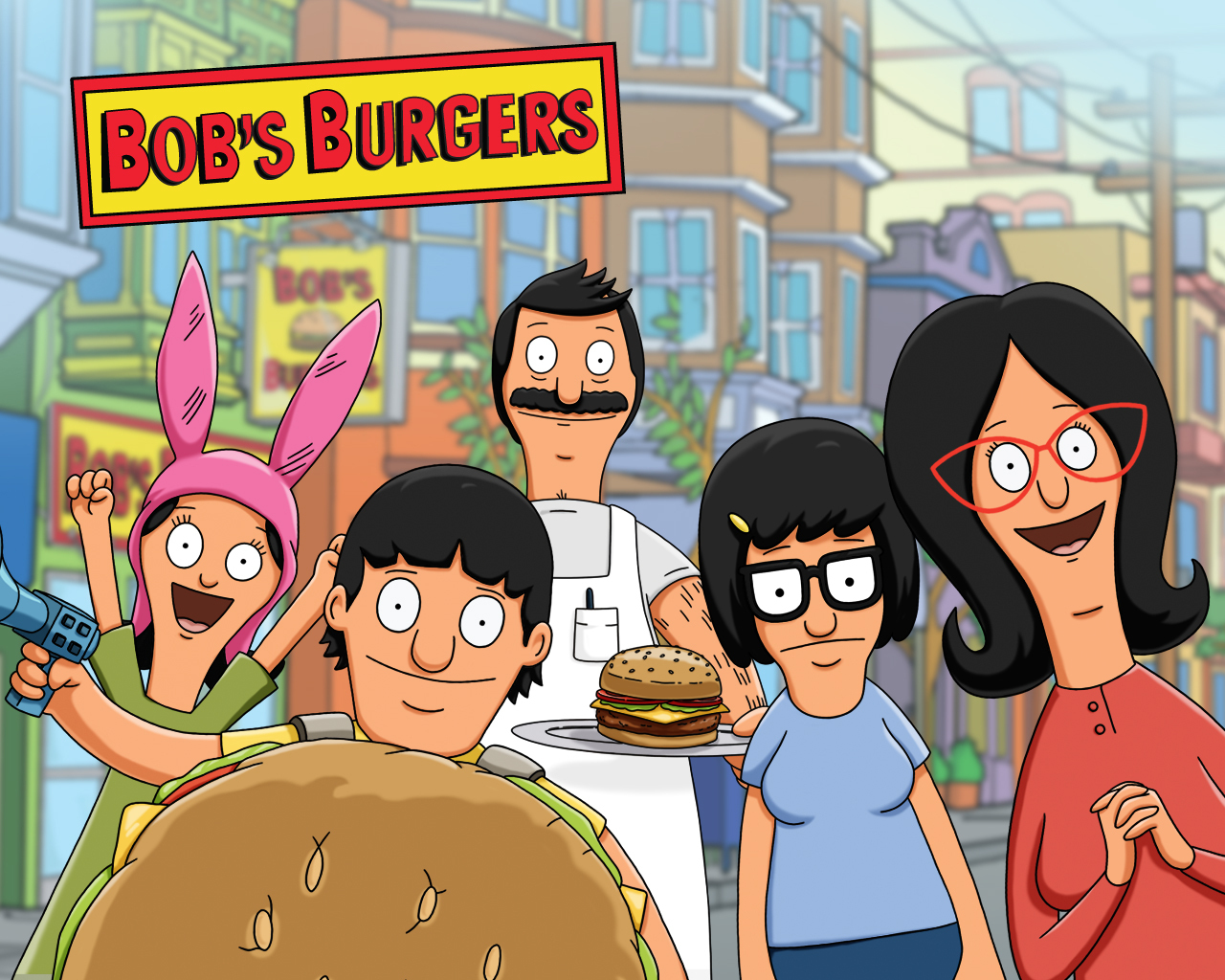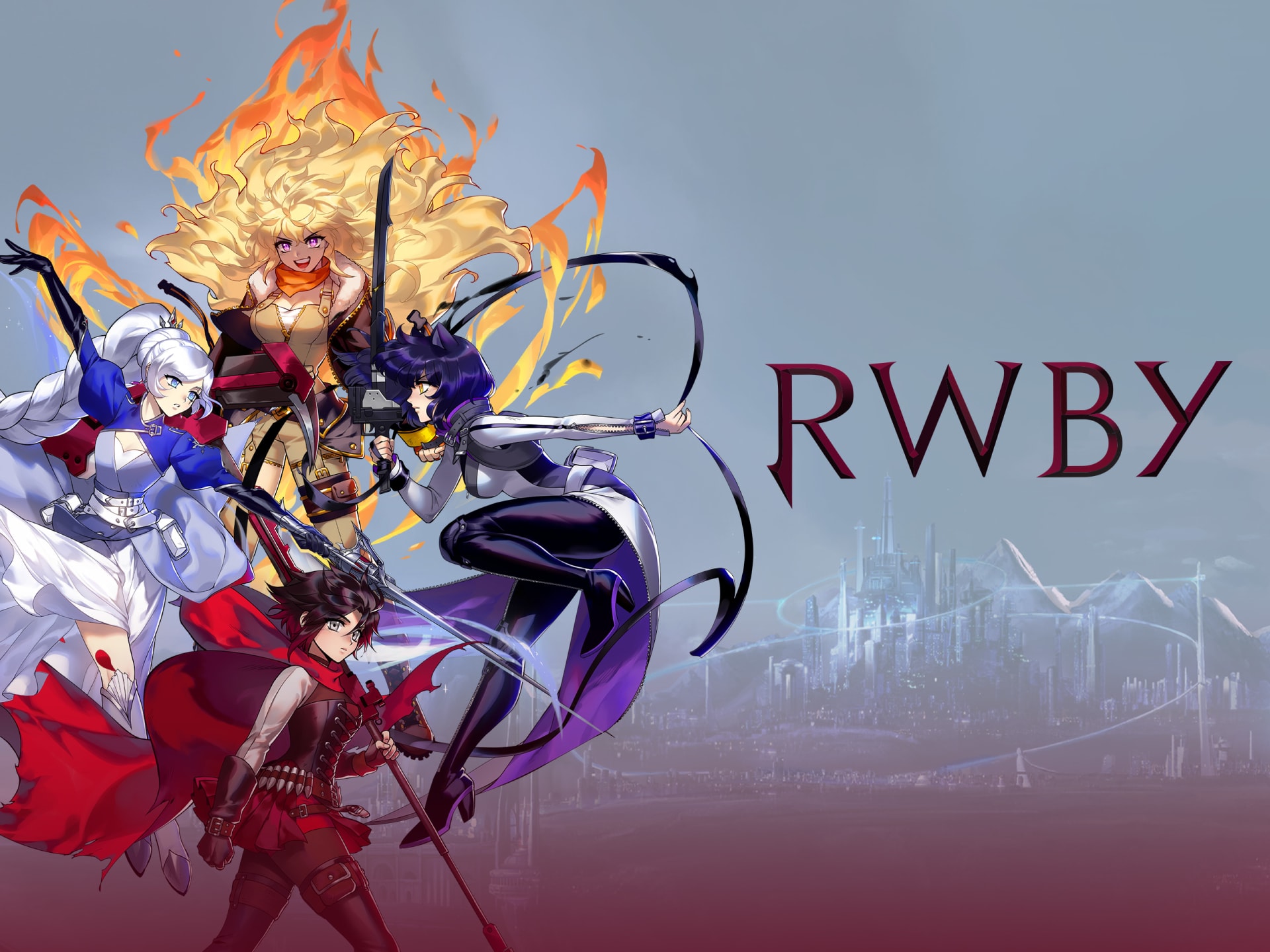Season Review: Solar Opposites Season Four
Overview:
The Solars are back, baby! And this time they’re simultaneously weirder and more normal than ever! Now comfortably settled into their lives on Earth, the Opposites yearn to finally feel like a true family and shed their extraneous extraterrestrial baggage. School dances, concerts, promotions, and Birth-A-Days are just the tip of the iceberg as the Opposites take their freaky family to new heights and become their best selves…and if they can’t, there’s probably a raygun to help them with that.
And who’s ready for rakes!? This season is full of rakes!
Our Take:
Hulu has steadily built an enviable library of animated series and Solar Opposites has always been the frontrunner of this pack. Many television shows, even those with as fluid of a reality as Solar Opposites, can begin to show signs of strain after 40 episodes. It’s a common period of complacency. Solar Opposites instead works its hardest yet and strives for innovation in every department. Four seasons in, Solar Opposites has never been better and it’s because this season–and every season–actively works to evolve its characters, premise, and ideas to challenging, new places instead of lazily coasting off of past sci-fi stasis.
Solar Opposites strangely returns to the basics as everyone reassesses who they are and what their purposes should be, which is all in service of the endearing theme of family togetherness. These new episodes further explore the Opposites’ greater awareness that they’re not exactly normal and are, in fact, aliens, which somehow often goes overlooked in this oddball show. Season four of Solar Opposites is also more Dan Stevens-y than ever! Stevens quickly finds his footing in this outrageous universe and how to get the most out of Korvo’s annoyed and naive attitudes. More than anything else it’s just amusing to picture an actor as talented as Dan Stevens shouting out these manic lines in the recording booth. Solar Opposites doesn’t dwell on this casting change beyond the self-aware cold open to the season, but hopefully future episodes will further take advantage of Stevens’ acting skills and push Korvo into scenarios that would have had less value when Roiland was still the character’s voice.
On that note, this season has a lot of fun with Terry and Korvo as they figure out who they are in a workplace dynamic and cooperating through the mundane minutiae of a workplace sitcom just like how the show’s first seasons did the same with family sitcoms. This also builds to unequal power between the two as one excels at their new job, while the other becomes a workplace punching bag. It’s a smart way to further develop and test these characters. It’s a strong creative pivot and one that arrives at the perfect time before Solar Opposites gets the chance to run out of steam.
This season showcases steady development for the Pupa as he becomes more of an actual character with independent storylines and the necessary insight to help the rest of his family. Even A.I.S.H.A. gets an episode that’s devoted to her and she’s given much more to do this season. She ceases to purely be a plot device and one of the season’s sweetest stories involves her putting herself out into the world and exploring what’s important to her, not just the Opposites. Solar Opposites creates genuine pathos for this character and it reflects just how strong the series is when it comes to character arcs and turning easy gags into genuine people with emotions. The same is true when it comes to the increasingly large universe that Solar Opposites has built where the series confidently switches between Shlorpian antics, Wall storylines, Silvercop shenanigans, as well as establish new traditions. The huge scope of this series and how naturally it’s all come together is truly impressive.
Solar Opposites also beautifully re-litigates the major events of last season’s finale beyond Korvo and Terry’s rake company job, like Pupa’s teen angst and how he’ll turn into steam if they ever get too reliant on sci-fi shenanigans, or the casual addition of Little Buddy to the Opposites household. These attempts at normalcy don’t mean that Solar Opposites suddenly drops all of the ridiculous trappings that made it what it was. If anything, this season convinces the family that they can’t deny what they really are, even if radical science fiction literally transforms them into something else.
Outside of the more character-driven stories, this season tackles ideas that couldn’t be done anywhere else, like the madness of a “pronunciation bee” (think spelling bee, but in reverse). There are ridiculous pop culture indulgences where characters get Oldboy’d or Gerald’s Game’d and Solar Opposites trusts that audiences know exactly what these things mean without belaboring the points.
“The Wall” fanatics also eat well this season and there’s really satisfying material that demonstrates why this is still Solar Opposites’ secret weapon, but without it ever stealing too much focus from the core story. It remains a truly stunning deconstruction of the codification of religion, law, and society in general. A new threat also arises in this shrunken ecosystem that has the potential to end life in the Wall as we know it.
Solar Opposites’ confidence this season inspires strong emotional storytelling and rewarding character development. However, it also pushes the series to experiment with some of the weirdest, high concept ideas that they’ve ever done. There’s an excellent episode that unleashes a wide range of Hanna-Barbera parodies and beyond as the Opposites try to add an outrageous pet to their unconventional family, albeit with apocalyptic results. It’s one of the series’ strongest episodes and a testament to how well this show can adeptly weaponize other genres and pop culture tropes. There’s a particularly ambitious installment where the Opposites get transported to the “Stockiverse” that’s a realm made up entirely of unbranded stock images that deliciously mocks mainstream multiverse concepts like the “Quantum Realm” and “Spider-Verse.” One chase sequence brilliantly reuses old footage from past seasons, only to immediately call itself out for this laziness and push it to new places.
Solar Opposites is also at its best when it gets to introduce absurd ancillary characters like a sinister pinecone or Barry Hatfield from the Hat on a Hat Hat Factory. While often one-dimensional archetypes, these characters still generate tremendous laughs and are further evidence of just how well Solar Opposites understands the tropes that it initiates and subverts. Solar Opposites continues to develop compelling ideas from past seasons, albeit in new contexts and through different perspectives that reveal greater insight on Shlorpian customs. It’s not enough to just do another Goobler story, but to turn it into a fresh opportunity for character development and understanding by centering it on a different character instead of the same ones as before. Even a return trip to the Wooden City (complete with dozens of exceptional wood puns) can bear fresh fruit and not just recycle the past.
Thankfully, a fifth season is already secured and Solar Opposites has never been more deserving of the opportunity to continue. If anything, this season proves that Solar Opposites only grows more confident and radical in its storytelling. Solar Opposites actively improves rather than regresses and it’d be a true shame if it doesn’t continue to build upon itself after such a brilliant season of silly, sci-fi animated comedy.
The fourth season of ‘Solar Opposites’ is available to stream on Hulu on August 14th
























Just cancel this bird already. The chicken is beyond cooked. It's burnt to a crisp.